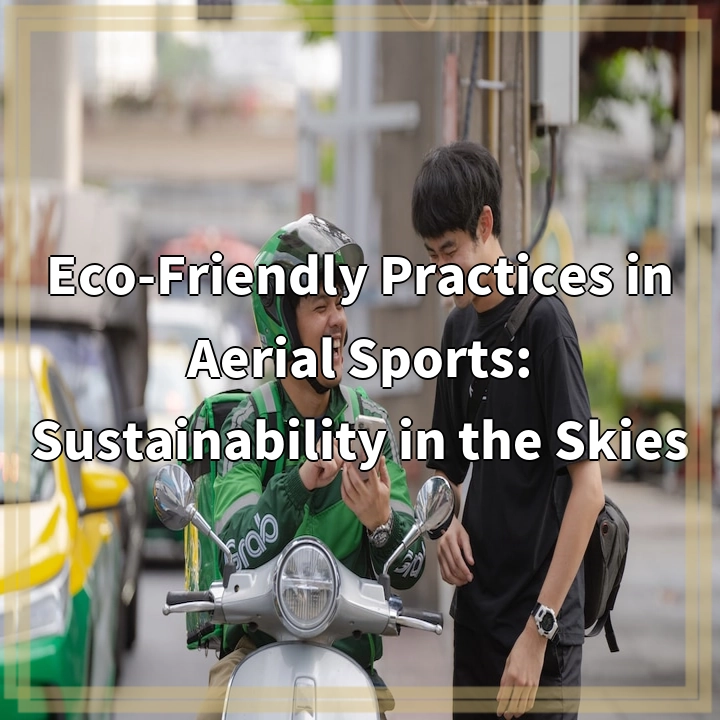
What is Eco-Friendly Practices in Aerial Sports?
Eco-friendly practices in aerial sports involve adopting sustainable approaches and minimizing environmental impact within activities such as paragliding, skydiving, and ballooning. It encompasses various strategies aimed at reducing carbon emissions, protecting biodiversity, and preserving natural resources.
Real-World Problems Associated with Eco-Friendly Practices in Aerial Sports
In order to truly address sustainability in the skies, it is important to acknowledge and tackle several real-world problems. These challenges often arise from the use of fossil fuels, disturbances to wildlife, and the generation of waste. Let’s take a closer look:
1. Carbon Footprint and Emissions
Aerial sports heavily rely on aircraft, which commonly run on fossil fuels. This leads to significant carbon emissions, contributing to climate change. Finding alternative energy sources or transitioning to electric aircraft can help reduce the carbon footprint associated with these activities.
2. Noise Pollution
The noise generated by aerial sports can disrupt local ecosystems and disturb wildlife. Birds, for example, may be startled by loud aircraft engines, affecting their behavior and potentially causing stress. Implementing quieter aircraft or avoiding sensitive areas during certain times can mitigate this problem.
3. Wildlife Disturbance
Engaging in aerial sports in sensitive natural areas can have detrimental effects on wildlife. Birds, in particular, may alter their flight patterns or abandon their nesting areas due to disturbances caused by aircraft. It is crucial for aerial sports enthusiasts to be aware of designated protected zones and minimize their impact on biodiversity.
4. Waste Management
Aerial sports can generate various forms of waste, including single-use plastics, fuel containers, and other discarded equipment. Proper waste management practices, such as recycling and responsible disposal, are essential to prevent pollution and preserve the natural beauty of the surroundings.

Solutions for Eco-Friendly Practices in Aerial Sports: Sustainability in the Skies
Addressing the challenges mentioned above requires proactive solutions and a commitment to sustainable practices within aerial sports. Here are some key strategies:
1. Transition to Sustainable Energy Sources
Exploring and adopting alternative energy sources, such as electric or hybrid aircraft, can significantly reduce carbon emissions and dependence on fossil fuels.
2. Noise Reduction Technologies
Investing in noise reduction technologies and techniques can help minimize the impact of aerial sports on wildlife and local communities. This includes using quieter aircraft and adhering to flight patterns that avoid noise-sensitive areas.
3. Respect Protected Areas and Wildlife
Educating aerial sports enthusiasts about the importance of designated protected zones and wildlife conservation is crucial. This understanding can guide them to avoid sensitive areas and minimize disturbances to wildlife habitats.
4. Implement Waste Management Systems
Developing and implementing effective waste management systems within the aerial sports community is essential. This includes promoting recycling, encouraging the use of reusable equipment, and ensuring proper disposal of any waste generated.
5. Advocacy and Collaboration
Strengthening advocacy efforts and fostering collaboration among aerial sports organizations, environmental initiatives, and regulatory bodies can lead to collective action and the implementation of sustainable practices.















